
A Guide to Setting Up a Full Sprint Cycle for Your Agile Team
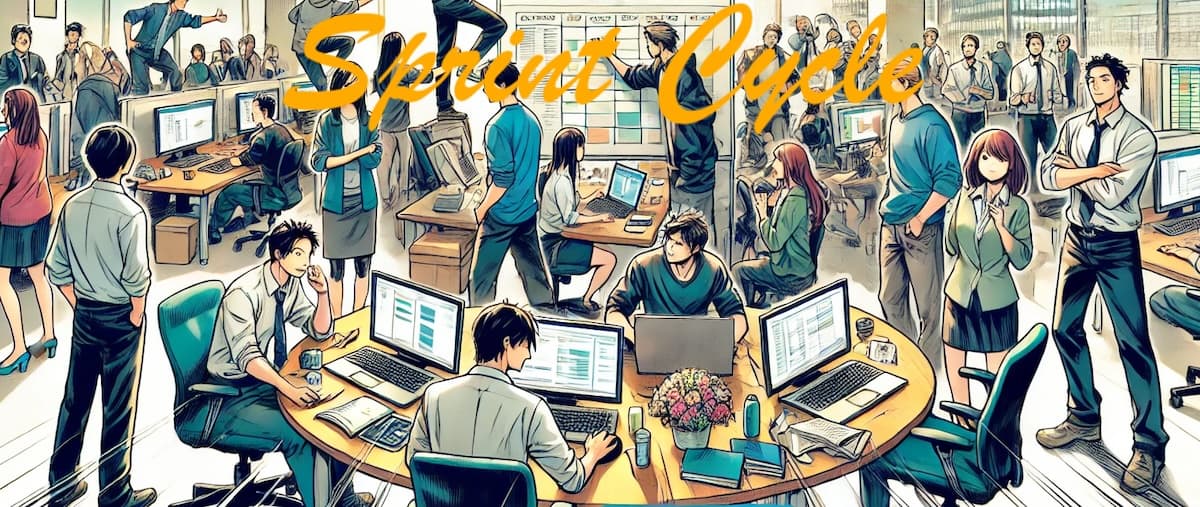
In 2024, Agile and Scrum aren't the shiny new toys they once were—they're the bedrock of how many teams operate. But here's the catch: Everyone knows them, yet making these frameworks work for your team is the real challenge today.
Over 7 years, I've worked with teams building and testing Agile habits, and I’ve discovered that success doesn’t come from just following the basics.
What follows is a practical, real-world approach to two sprint cycles across a month. It’s not exhaustive, but it works. Let’s dive in.
Brief Outline: The TL;DR Version
Working on a sprint is just one piece of the puzzle. The real challenge? Sustaining team cohesion and growth over a year or more. That's a big diff as you need to consider continuity, growth, human relations, the roadmap, and more.
Under this perspective, the defaults of Sprint Planning, Daily Standup, Estimation, Sprint Review, and Retrospective partially solve the continuity problem. That's why you need some extra sessions with the team, those are:
A Refinement session, where the lead members of the team review the backlog and current status of the sprint, loosely discussing upcoming work and priorities.
A 3 amigos session, where a smaller part of the team discusses upcoming ideas and problems that are not defined yet to define them.
A leads check-in session, where the lead members of the team discuss/share issues either coming from within the team or from other teams.
The beat for these sessions depends on your team; how often you need them and feel comfortable having these sessions.
So, let's see how these sessions fit in with the default ones within a month.
1. Sprint Planning: Laying the Foundation
Sprint planning is where it all begins—literally. It’s the first step of each sprint (Day 1 and Day 16 in a two-week cycle). The goal? To define clear objectives and build confidence that the team can deliver what’s promised.
To ensure clarity, discuss each workpiece explaining the requirements and the expected outcome. Encourage every team member to voice their concerns and contribute ideas, fostering an inclusive environment.

Timeboxing the sprint planning to a maximum of two hours is crucial for maintaining focus. This is another way to ensure the team will not go super analytical for each item you discuss.

2. Daily Standup: Keeping the Pulse
Daily standups are your team’s heartbeat—keeping everyone in sync. Schedule them at the same time each day, preferably in the morning, though remote teams might need to adapt to asynchronous options. The main focus is to share your progress, identify any roadblocks to get assistance on solving them, and do a sanity check on your sprint and daily goals as a team.
It's important to know that the Daily standup is not a report call to your team leader, product person, or supervisor. The Daily standup is for the whole team to share and listen to each other's progress.
Keep the standup under 15 minutes to maintain momentum. If you identify an issue that needs further investigation, keep the discussion on a separate call or thread. This way you respect the full team's time and engagement in the Daily standup.
To cultivate psychological safety, try to keep the standup relaxed and casual - after all it's the team working day to day this is syncing! Ensuring psychological safety means that everybody openly shares any issues, mishaps, or concerns with the whole team, and you can all collectively assist or correct course.

3. Check-in session: Focus on the team
This session involves the Product Manager, Tech Lead, and Product Designer. In this session, this subteam discusses about day-to-day tasks in and around:
The rest of the team members' feelings, motivation, and issues to coordinate and improve any circumstances possible from all sides.
Any new or running initiatives on each of the three verticals of business, engineering, and design that all need to know about and plan.
Sharing any feedback involving other teams and departments and figuring out a plan to address that feedback.
Talk about a common strategy/leadership direction to start working with the team based on the leadership roles in this check-in session.
In general, the check-in session acts like an alignment over all the things that can affect the team's performance.
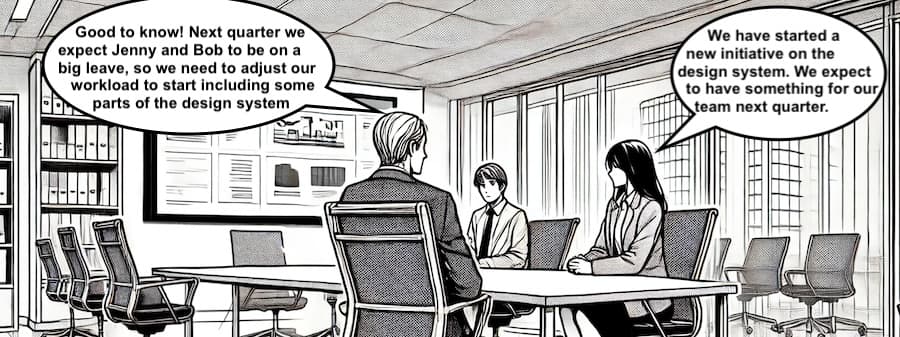
The Product Manager, Tech Lead, and Product Designer are the product trio - or 3 amigos. This trio must have a great relationship and understanding between them as they lead the team's three major functions of the team; business, feasibility, and experience.

4. The 3 Amigos: Designing Ahead
This is a session for the team to align and co-design the future of the product they are working on. It's vital to build a cadence for this meeting, to address any incoming item you want to discuss. In a month, it is suggested to meet twice.
This session can be used to discuss/ideate/define/brainstorm over anything that the team wants to tackle. Some topics are:
A big hairy problem that you are thinking of ways to tackle. You can share all the insights, feedback, and input you already have around the problem and start entertaining ideas or relation to the team's product
How the team works and new things you would like to introduce in terms of processes and ways of doing stuff.
Invite people from other departments to co-design, and collaborate on defining an upcoming project.
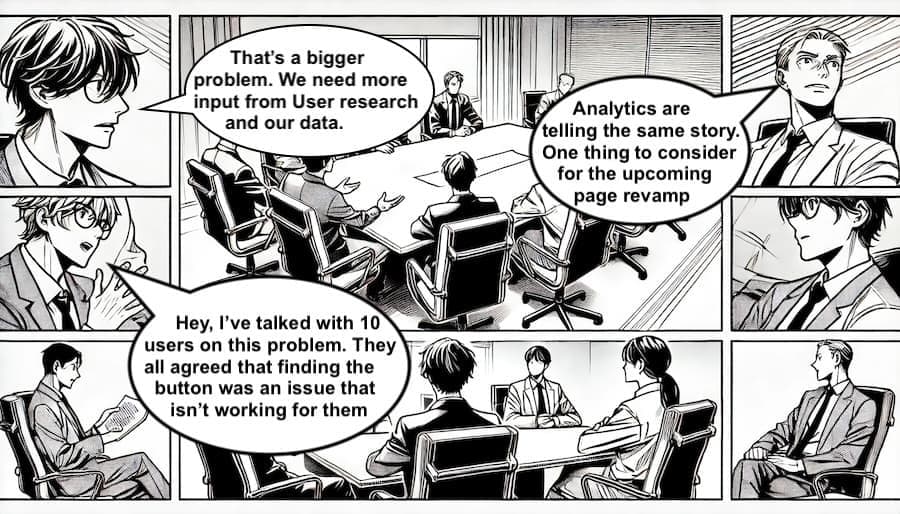
Compared to the Check-in session, the 3 Amigos session focuses on a predefined topic that is not a day-to-day issue and requires more space to be addressed. When entering a 3 Amigos session make sure to use all the best practices to make the meeting effective.
5. Refinement: Doing the Prep-work
This is more or less the Product Backlog Refinement. That's a session held a few days before a new sprint starts, usually 3 days before. This way the team has a clearer view of the current sprint status to consider any emerging priorities, bugs, or issues we need to address.
The Product Manager, Tech Lead, and Product Designer will participate in this session. The team reviews the status of the current sprint and jumps into upcoming work/tasks to agree on:
Work priority, considering all the latest information and emerging priorities each one of us has.
Feasibility, where we share/check whether the important tasks are ready for the team. For tasks that are important but not ready yet, we plan the prep work for the next few days so that these tasks are ready by the time we enter sprint planning.
Giving the space for everybody to talk and share any concerns is important to ensure the success of this session. Welcome any concerns shared and consider them in your session.

6. Sprint Review: Demonstrating Progress
The sprint review is where the team showcases the work completed during the sprint. This meeting should be held at the end of each sprint, on Day 15 and Day 30. The goal is to present the completed work to stakeholders and gather valuable feedback.
This isn’t just a presentation—it’s a celebration of your team’s hard work. Let everyone participate, and focus on the value delivered to the customer. When each member presents their work they can engage better with any questions and answer properly.
Timebox the sprint review to 1-2 hours, depending on the sprint's length, and use the feedback to refine the product backlog for the next sprint.
Present the work clearly, focusing on the value delivered to the customer or end-user. Encourage stakeholders to provide feedback constructively to guide future iterations.
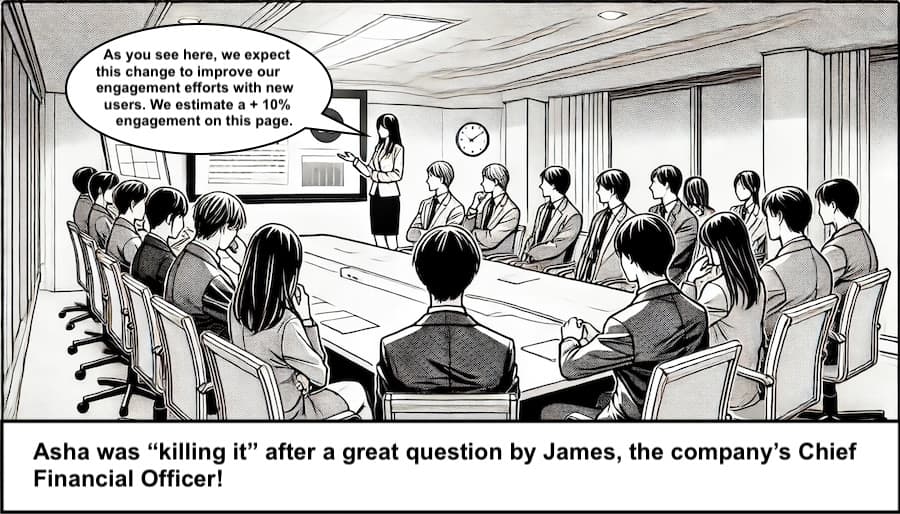
7. Retrospective: Reflecting and Improving
Finally, the retrospective is your team’s chance to pause and reflect. Hold this meeting right after the Sprint Review, on Day 15 and Day 30. The purpose is to reflect on the sprint, identify what went well, and highlight areas for improvement.
Limit the retrospective to one hour and concentrate on identifying 2-3 key areas for improvement, allowing the team to focus on making meaningful changes.
To keep the team energized and active consider using a different activity per retrospective. Ensure the retrospective environment is non-judgmental and supportive, so team members feel comfortable sharing their thoughts and experiences.
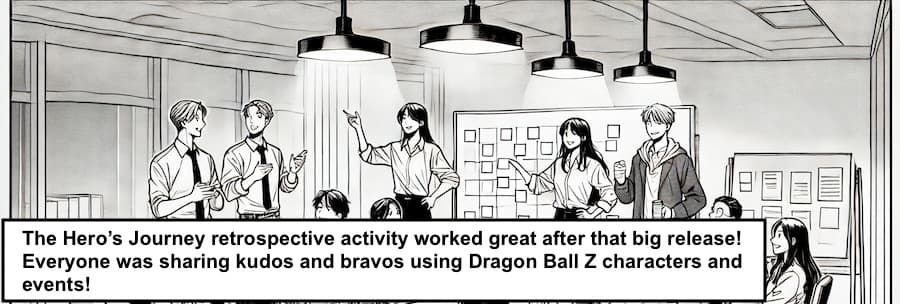
Bringing It All Together
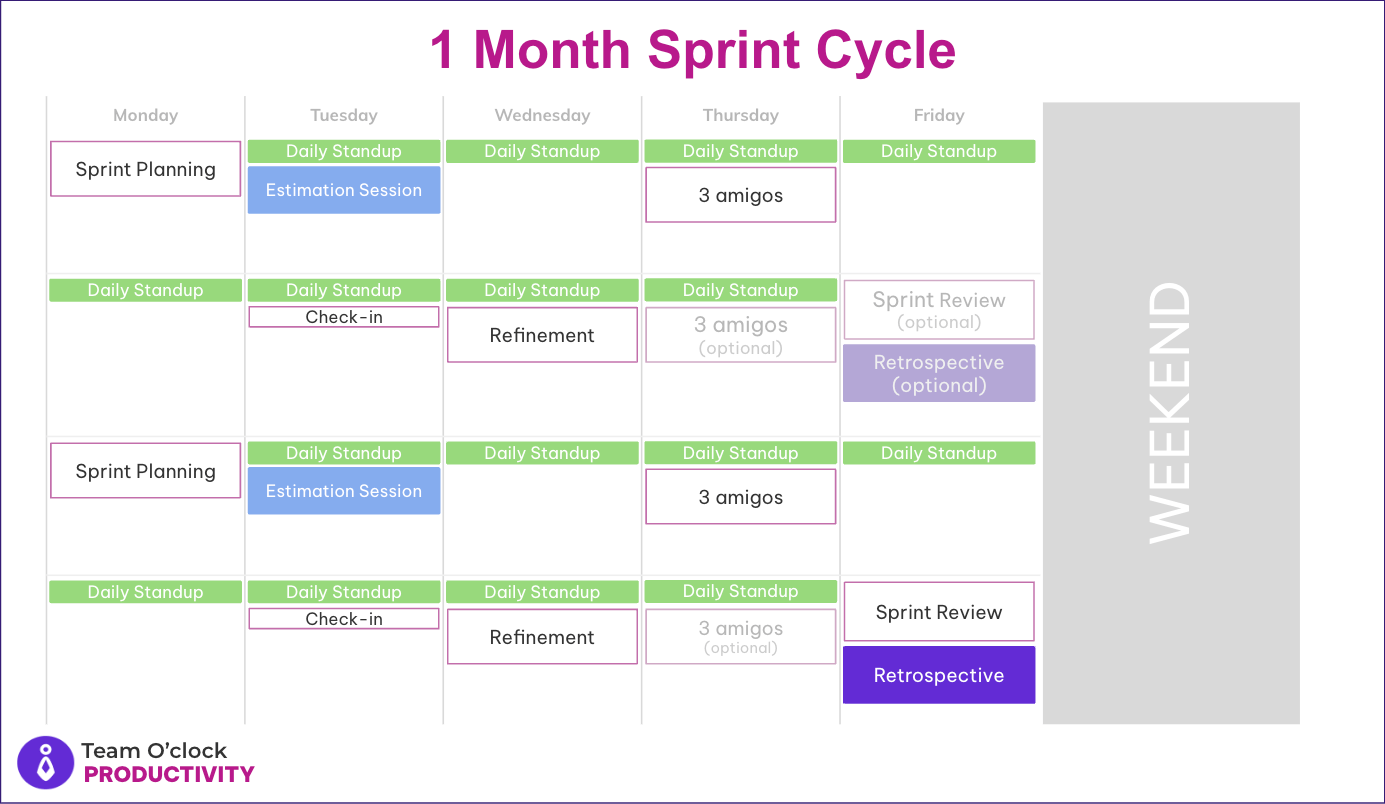
Yes, this might seem like a lot of meetings—but remember, most are short and focused. Adjust the frequency and format as needed to fit your team’s unique rhythm. The goal? A well-oiled machine that’s continuously improving and thriving together.
Feel free to keep or remove any meeting that makes sense for you and your team. Keep an open mind to detect emerging team needs that require you to adjust your meetings - removing or introducing a new meeting based on your needs.
Structuring your sprint cycle effectively is key to enhancing team performance. By strategically timing meetings, fostering efficient communication, and ensuring psychological safety, your team can achieve higher productivity and create a positive, collaborative environment. This approach works beyond performance, building a culture of collaboration, respect, and continuous improvement.
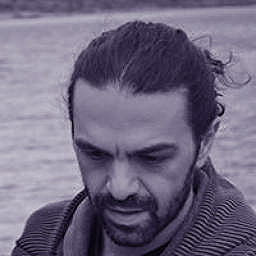
More articles to check

Assist your team's growth with our partnership program:








